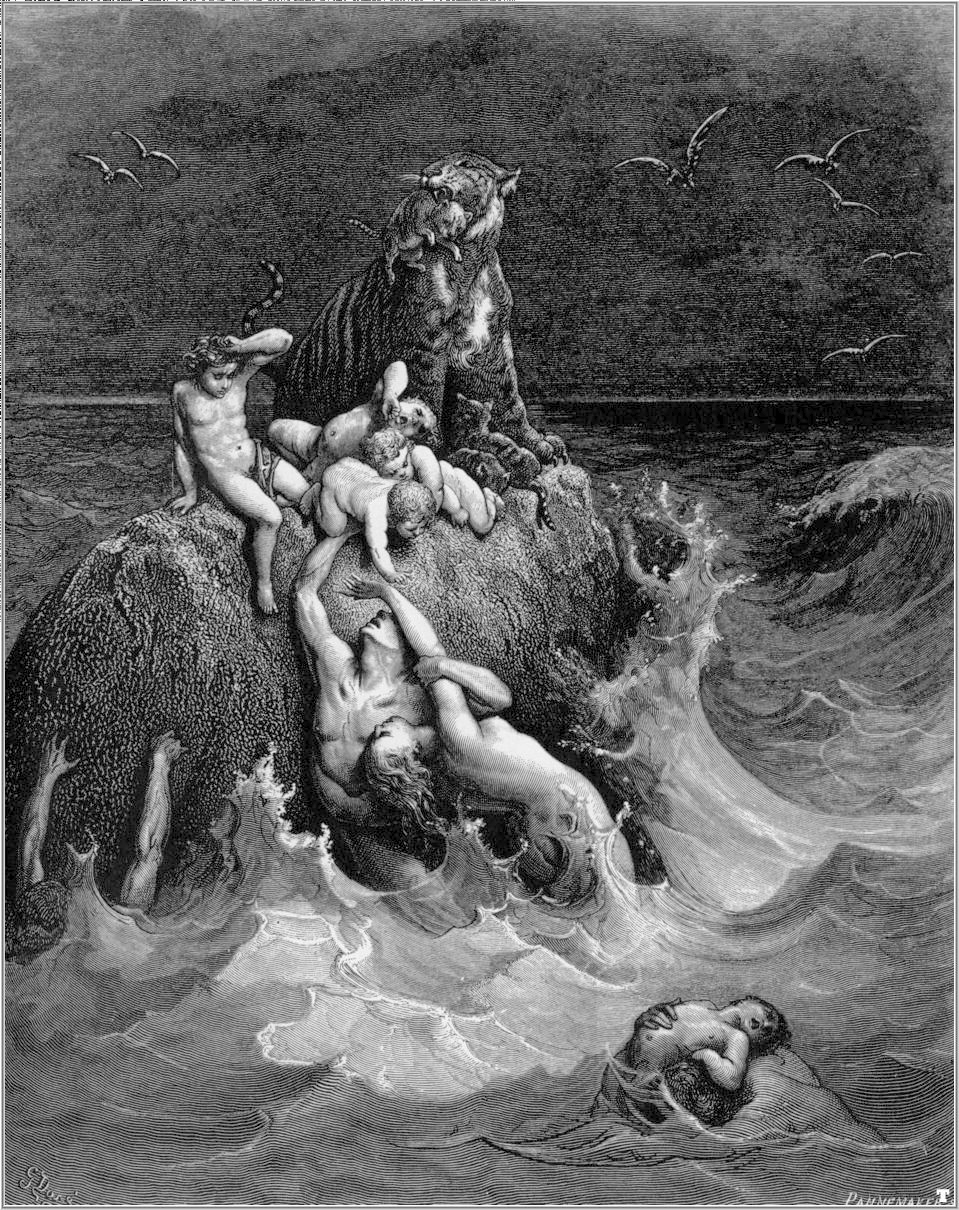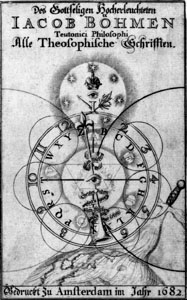|
Morgan Llwyd
Morgan Llwyd (1619 – 3 June 1659) was a Puritan Fifth Monarchist and Welsh language, Welsh-language poet and prose author. Biography Morgan Llwyd was born to a cultured and influential family in the parish of Maentwrog, Gwynedd. His grandfather, Huw Llwyd, was a professional soldier and noted poet in the Welsh language, and also had a reputation as an astrologer and magician. Morgan Llwyd was educated in Wrexham, where he experienced a religious awakening under the Puritans, Puritan preacher Walter Cradock, whom he followed to Llanfaches in Monmouthshire, to be part of a Puritan church. During the English Civil War, he served as a chaplain in Oliver Cromwell's New Model Army, and in 1644 he returned to Wales, first as a preacher, and in 1650 as an Approver under the Act for the Propagation of the Gospel in Wales. In 1656 he settled as a minister in Wrexham, where he died in 1659; he is buried in the Dissenters' Burial Ground, Wrexham, Dissenters' Burial Ground in Rhosddu. He ... [...More Info...] [...Related Items...] OR: [Wikipedia] [Google] [Baidu] |
Rhosddu
Rhosddu (; ) is a suburb and community in Wrexham County Borough, Wales, covering the north-western parts of the city of Wrexham and comprises the wards of Grosvenor, Garden Village and Stansty. At the 2011 Census, the population of the community was 6,840 and 11.8% of people aged 3+ spoke Welsh. Administration Rhosddu was formed as a new ecclesiastical parish by an Order in Council in 1886. The parish contained the townships of Acton, Bieston and Gourton (from the parish of Wrexham), the township of Borras Riffri (from the parish of Gresford), and the township of Stansty (from the parish of Gwersyllt).Rhosddu, St James GENUKI In 1972, Rhosddu reverted to the parish of |
Last Judgment
The Last Judgment is a concept found across the Abrahamic religions and the '' Frashokereti'' of Zoroastrianism. Christianity considers the Second Coming of Jesus Christ to entail the final judgment by God of all people who have ever lived, resulting in the salvation of a few and the damnation of many. Some Christian denominations believe most people will be saved, some believe most people will be damned, and some believe the number of the saved and of the damned is unknown. The concept of the Last Judgment is found in all the canonical gospels, particularly in the Gospel of Matthew. The Christian tradition is also followed by Islam, where it is mentioned in many chapters of the Quran, according to some interpretations. The Last Judgment has inspired numerous artistic depictions, including painting, sculpture and evangelical work. In Judaism In Judaism, beliefs vary. Rosh HaShanah is sometimes referred to as a 'day of judgement', but it is not conceptualized as ''the'' Day ... [...More Info...] [...Related Items...] OR: [Wikipedia] [Google] [Baidu] |
Genesis Flood Narrative
The Genesis flood narrative (chapters 6–9 of the Book of Genesis) is a Hebrew flood myth. It tells of God's decision to return the universe to its pre- creation state of watery chaos and remake it through the microcosm of Noah's ark. The Book of Genesis was probably composed around the 5th century BCE; although some scholars believe that primeval history (chapters 1–11), including the flood narrative, may have been composed and added as late as the 3rd century BCE. It draws on two sources, called the Priestly source and the non-Priestly or Yahwist, and although many of its details are contradictory, the story forms a unified whole. A global flood as described in this myth is inconsistent with the physical findings of geology, archeology, paleontology, and the global distribution of species. A branch of creationism known as flood geology is a pseudoscientific attempt to argue that such a global flood actually occurred. Some Christians have preferred to interpret th ... [...More Info...] [...Related Items...] OR: [Wikipedia] [Google] [Baidu] |
Theocracy
Theocracy is a form of autocracy or oligarchy in which one or more deity, deities are recognized as supreme ruling authorities, giving divine guidance to human intermediaries, with executive and legislative power, who manage the government's daily affairs. Etymology The word theocracy originates from the () meaning "the rule of God". This, in turn, derives from :wikt:θεός, θεός (theos), meaning "god", and :wikt:κρατέω, κρατέω (''krateo''), meaning "to rule". Thus the meaning of the word in Greek was "rule by god(s)" or human incarnation(s) of god(s). The term was initially coined by Flavius Josephus in the first century AD to describe the characteristic government of the Jews. Josephus argued that while mankind had developed many forms of rule, most could be subsumed under the following three types: monarchy, oligarchy, and democracy. However, according to Josephus, the government of the Jews was unique. Josephus offered the term ''theocracy'' to descri ... [...More Info...] [...Related Items...] OR: [Wikipedia] [Google] [Baidu] |
Commonwealth Of England
The Commonwealth of England was the political structure during the period from 1649 to 1660 when Kingdom of England, England and Wales, later along with Kingdom of Ireland, Ireland and Kingdom of Scotland, Scotland, were governed as a republic after the end of the Second English Civil War and the High Court of Justice for the trial of Charles I, trial and execution of Charles I. The republic's existence was declared through "An Act declaring England to be a Commonwealth", adopted by the Rump Parliament on 19 May 1649. Power in the early Commonwealth was vested primarily in the Parliament and a English Council of State, Council of State. During the period, fighting continued, particularly in Ireland and Scotland, between the parliamentary forces and those opposed to them, in the Cromwellian conquest of Ireland and the Anglo-Scottish war of 1650–1652. In 1653, after dissolution of the Rump Parliament, the Army Council (1647), Army Council adopted the Instrument of Gover ... [...More Info...] [...Related Items...] OR: [Wikipedia] [Google] [Baidu] |
Cavalier
The term ''Cavalier'' () was first used by Roundheads as a term of abuse for the wealthier royalist supporters of Charles I of England and his son Charles II of England, Charles II during the English Civil War, the Interregnum (England), Interregnum, and the Restoration (England), Restoration (1642 – ). It was later adopted by the Royalists themselves. Although it referred originally to political and social attitudes and behaviour, of which clothing was a very small part, it has subsequently become strongly identified with the fashionable clothing of the court at the time. Prince Rupert of the Rhine, Prince Rupert, commander of much of Charles I's cavalry, is often considered to be an archetypal Cavalier. Etymology ''Cavalier'' derives from the same Latin root as the Italian word , the French word , and the Spanish word , the Vulgar Latin word ''wikt:caballarius, caballarius'', meaning 'horseman'. Shakespeare used the word ''cavaleros'' to describe an overbearing swashbuckl ... [...More Info...] [...Related Items...] OR: [Wikipedia] [Google] [Baidu] |
High Church
A ''high church'' is a Christian Church whose beliefs and practices of Christian ecclesiology, Christian liturgy, liturgy, and Christian theology, theology emphasize "ritual, priestly authority, [and] sacraments," and a standard liturgy. Although used in connection with various Christian denominations, Christian traditions such as High Church Lutheranism, ''high church'' Lutheranism, the English term ''high church'' originated in the Anglican tradition, where it described a churchmanship in which a number of Ritualism, ritual practices associated in the popular mind with Roman Catholicism were used, or as a description of such practices in the Catholic Church and elsewhere. The opposite tradition is ''low church''. Contemporary media discussing Anglican churches often prefer the terms Evangelical Anglicanism, evangelical to ''low church'' and Anglo-Catholic to ''high church'', even though their meanings do not exactly correspond. Other Christian denominations that contain ''high ch ... [...More Info...] [...Related Items...] OR: [Wikipedia] [Google] [Baidu] |
John Sparrow (translator)
John Sparrow (1615 – December 1670) was an English translator, best known for his translations of the work of Jakob Böhme. Sparrow attended Trinity College, Cambridge, and entered the Inner Temple in 1633. There is an engraved portrait of John Sparrow in the British Museum and in the National Portrait Gallery, London, made in 1659 by David Loggan (1634–1692) Sparrow's Translations of the Works of Jakob Böhme Between 1645 and 1662 John Sparrow and his cousin John Ellistone translated all the works of the German mystic Jakob Böhme (1575–1624) into English. They were printed by Humphrey Blunden, Bookselling, bookseller in London active between 1635 and 1652, and a few others. The bookseller Giles Calvert was also involved in the publication of Böhme's works. For the translation Sparrow used manuscripts from Abraham Willemszoon van Beyerland, sent from Holland. The image of Böhme's cosmogony or the "Wonder-Eye of Eternity" of 1620 is found on the engraved portrait of John ... [...More Info...] [...Related Items...] OR: [Wikipedia] [Google] [Baidu] |
Jakob Böhme
Jakob Böhme (; ; 24 April 1575 – 17 November 1624) was a German philosopher, Christian mysticism, Christian mystic, and Lutheran Protestant Theology, theologian. He was considered an original thinker by many of his contemporaries within the Lutheranism, Lutheran tradition, and his first book, commonly known as ''Aurora'', caused a great scandal. In contemporary English, his name may be spelled Jacob Boehme (retaining the older German spelling); in seventeenth-century England it was also spelled Behmen, approximating the contemporary English pronunciation of the German ''Böhme''. Böhme had a profound influence on later philosophical movements such as German idealism and German Romanticism. Hegel described Böhme as "the first German philosopher". Biography Böhme was born on 24 April 1575 at Alt Seidenberg (now Stary Zawidów, Poland), a village near Görlitz in Upper Lusatia, a territory of the Kingdom of Bohemia. His father, George Wissen, was Lutheran, reasonably wealthy, ... [...More Info...] [...Related Items...] OR: [Wikipedia] [Google] [Baidu] |







